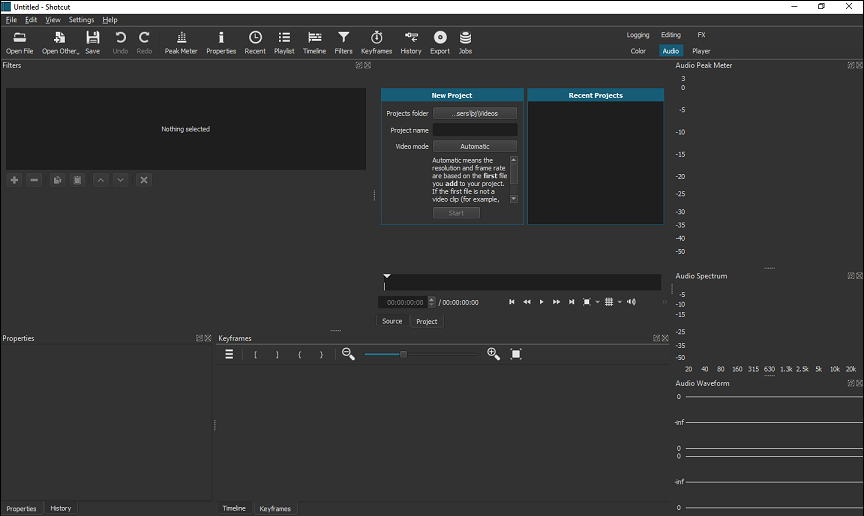

This removes any potential guesswork, is a great timesaver, and in our experimentation, it worked flawlessly. There are many uses for this feature, including resizing a clip so it matches the duration of another above, or below it. As you drag one towards another, you’ll see it ‘snap’ as it gets close enough, kinda like a magnet snapping to another. It’s a feature that’s on by default, and helps you position clips next to each other, without them overlapping one another. To install this using the PPA method, open a console terminal, type in, or copy & paste, each line below one by one: Click "Select All" above command, right click the highlighted command, select Copy (or Ctrl+Insert), click in the console terminal window, and right click paste ("Shift+Insert" or "Ctrl+Shift+v"), repeat for each command.Every keyframed parameter turns green, and you can easily jump between keyframes with a simple keyboard shortcut (Image credit: OpenShot) ffmpeg v3 is available in the Linux Mint 19.x Software Manager or Synaptic Package Manager (SPM), but Linux Mint 18.x users must install it using another method like the PPA below. If you have not installed ffmpeg v3 then I would recommend installing that as well. If you have a lot of text to add, subtitles might be a good option and show up based on time (synced) in the video and can be integrated into the video or as a standalone subtitle file that can be turned off or on at the viewer's discretion. would also work.ĭepending upon what you are trying to do, you can also use subtitle editors and composers and video editor subtitle options to add text to videos.

I would recommend Kdenlive, but Openshot, Shotcut, Pitivi, Lightworks, etc. The versions in the Software Manager or Synaptic Package Manager (SPM) of Linux Mint 18.x although a little older should still work fine for what you want to do.

But, Linux Mint 18.x users can usually download and install newer version AppImages of various video editors and use those. Most of the video editors are being updated and maintained for newer versions of Ubuntu 18.04 which Linux Mint 19.x is based on.


 0 kommentar(er)
0 kommentar(er)
